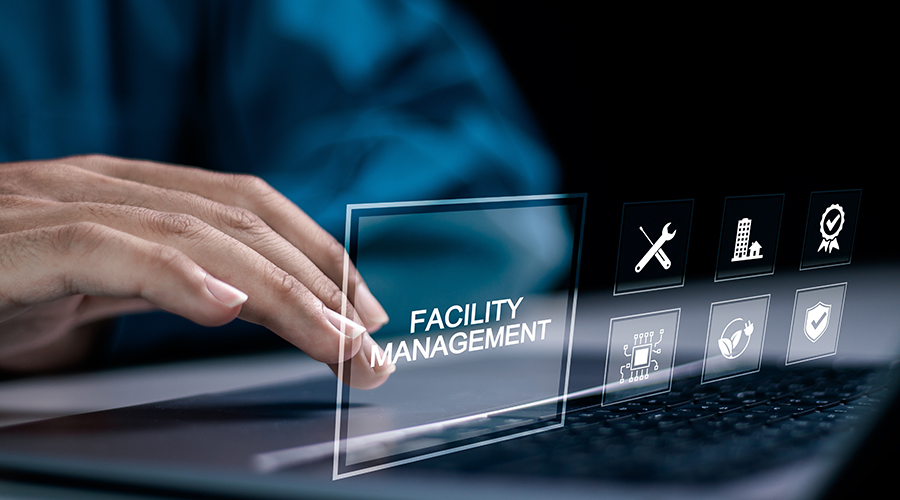Have We Taken Water Conservation Measures too Far?
Water conservation is a key part of the conversation when we talk about institutional and commercial buildings, sustainability, and our inherent need to conserve natural resources. For more than 20 years, we have concentrated on reducing water consumption in buildings through all sorts of inventive means.
But what impact has this reduction had on other building systems? For example, sanitary systems rely on water to carry waste out of buildings to treatment facilities. Is there a point at which facilities have reduced water use so much that sanitary systems no longer function well?
When we talk about water that goes down the drain, we are talking primarily about domestic use, as it generally contributes the largest portion to the wastewater stream. Depending on the building type, domestic water use can account for 25-42 percent of the total. If the building has commercial kitchen facilities, that number could easily double. With water use at those levels, it is no wonder there is an emphasis on flow rates of plumbing fixtures.
The rise of water efficiency
Plumbing fixtures got their start in the early 20th Century. By mid-century, they were fairly common. Before the 1950s, toilets used 7 gallons per flush (gpf) or more. This amount decreased to 5.5 gallons by the late 1960s, and decreased further to 3-3.5 gallons in the 1980s.
The Energy Policy Act of 1992 set our current standard of 1.6 gallons. Since then, showers and sinks have become more efficient, with lavatories delivering less than 0.5 gallons per minute (gpm). Couple the lower levels with faucet-metering technology and occupancy sensors, and the result is significant savings.
In the early 2000s, sustainability became a top priority, and in the world of facility water use, it translated into looking for innovative ways to reduce domestic water use by up to 30 percent over a calculated benchmark concentrated at the plumbing fixture level.
Since fixture flow rates already were relatively low, managers needed alternatives to reduce water flow. Enter the dual flush valve and the waterless urinal. The dual-flush valve made it possible for users to choose a half or a full flush. Waterless urinals on the other hand, made it possible to eliminate fixture flows entirely.
Related Topics:













